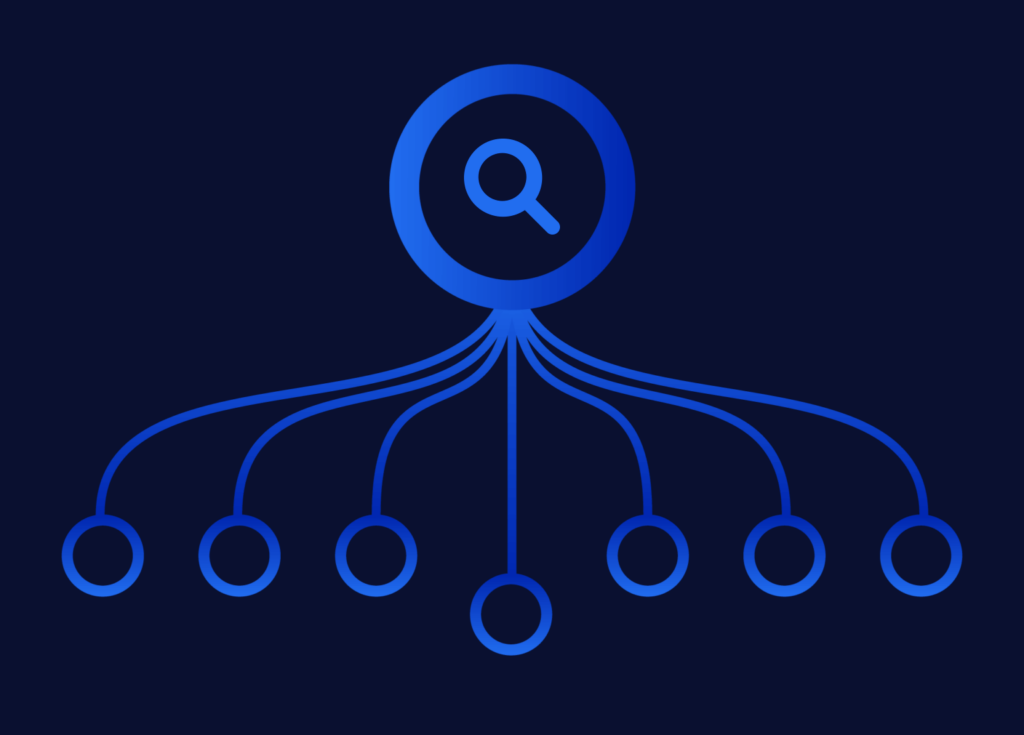Humanity has always been obsessed with the accumulation of knowledge. From ancient scrolls in Alexandria to the massive data centers of today, our drive to gather, categorize, and retrieve information has remained constant.
The tools and methods, however, have seen revolutionary changes. This journey, from the meticulous indexing in libraries to the digital prowess of Elasticsearch, underscores the evolution of search.
Ancient Libraries and Scrolls

Source: greekreporter.com
Long before the digital age or even the printing press, ancient civilizations recognized the value of knowledge preservation and dissemination. In the heart of these societies stood monumental libraries. These great libraries, such as the famed Library of Alexandria, housed hundreds of thousands of papyrus scrolls.
Back then, accessing information required intimate knowledge of where and how scrolls were stored. These libraries often employed scholars whose sole task was to locate specific scrolls. They relied on memory, intricate categorization systems, and detailed indices to retrieve information.
The Card Catalog System
Fast forward to the more recent past, and we find the ubiquitous card catalog system of libraries. This organizational method emerged prominently in the 19th century and became the backbone of libraries worldwide. The card catalog system was a physical filing system consisting of cards (often made of a durable card stock) stored in a series of wooden or metal drawers.
Each book or item in the library’s collection had a corresponding card, sometimes even multiple cards. Finding a book required sifting through these cards, understanding the classification system, and physically searching the shelves.
The Advent of Digital Databases

Source: infoworld.com
By the late 20th century, as computer technology began to infiltrate libraries, the card catalog’s days were numbered. Libraries started digitizing their catalogs, allowing users to type in queries on computers. Digital databases promised faster searches, easier updates, and the ability to handle far more data than physical cards ever could.
For instance, instead of just searching for an author or title, users could now find books based on specific keywords, publication dates, or other criteria. However, search systems were still limited in their capabilities and relied on the library’s internal database.
The Era of Search Engines
The first search engines were not like the sophisticated platforms we know today. They were directories, manually curated lists of websites categorized by topic. These directories required website owners to submit their sites and provided a structured way for users to find websites on particular topics.
As the web expanded, manual curation became impractical. Instead, automated bots would “crawl” the web, visiting websites, reading their content, and creating an index based on keywords and site structures.
In 1998, a game-changer emerged: Google. Its founders developed an algorithm that not only indexed websites but also ranked them based on their relevance and importance. This approach transformed online search, making results more accurate and relevant to users.
These engines could crawl and index the vast expanse of the internet, making the entirety of the web’s information searchable. Library catalogs could now be shared across multiple facilities, allowing users to access a wider range of resources from different libraries.
The Move Beyond Basic Search

Source: f1.lv
As more and more information became digitized, the volume of data in library catalogs grew exponentially. Average search engines could no longer provide timely and accurate responses when faced with the vast amount of data involved. Enter Elasticsearch.
Elasticsearch is a search and analytics engine designed to handle large datasets in real-time. Aside from merely indexing and ranking keywords, Elasticsearch takes it a step further by incorporating various relevance factors to deliver more precise results.
Elasticsearch stands out from its predecessors thanks to its extreme scalability. It can handle data across multiple nodes, ensuring that searches are fast and efficient even with petabytes of data. Once data enters the system, it is indexed and available for search, allowing for real-time insights.
Furthermore, Elasticsearch supports intricate queries, like geospatial searches or pattern matching, making it suitable for complex data analysis and providing more user-friendly search experiences.
The Future of Search
As we venture further into the 21st century, how we search for and consume information is on the brink of another evolution. One of the significant advancements in modern search is the integration of artificial intelligence (AI).
Armed with AI, modern search engines are moving beyond reactive responses to user queries. They are now capable of predictive search, anticipating what a user might want to know next based on past behavior, current context, and global trends.
At the same time, the rapid adoption of digital assistants like Alexa, Siri, and Google Assistant points to a future where typing might not be the primary mode of querying. Natural language processing (NLP) advancements ensure that these platforms understand voice nuances, dialects, and even emotions. Beyond voice, multimodal search can incorporate gestures, eye movements, and other non-verbal communication, refining the way we interact with search platforms.
Conclusion

Source: coralogix.com
The journey from sifting through scrolls in ancient libraries to typing queries into Elasticsearch and predictive search is a testament to humanity’s relentless pursuit of better, faster, and more efficient ways to gain information.
Each phase of this evolution has made the world’s knowledge more accessible than ever. As we stand on the cusp of further innovations in search, one can only marvel at the possibilities the future holds!


